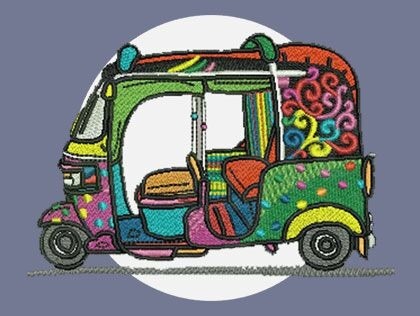Vector tracing—the technique of transforming raster pictures into vector format—has great importance in the field of digital design. Vector tracing enhances the quality and variety of digital artwork by utilizing mathematical elements such as curves, forms, and lines with accuracy. We’ll examine the benefits of vector tracing and its numerous uses in a variety of sectors in this blog post.
Understanding Vector Tracing
Before we explore its benefits, let’s delve deeper into what vector tracing entails. Raster images, composed of pixels, often lose quality when scaled up, resulting in pixelation. On the contrary, vector images, comprising mathematical elements, maintain clarity and sharpness regardless of size adjustments. Vector tracing involves the conversion of raster images into vector format, enabling seamless scalability and superior quality.
Benefits of Vector Tracing
- Scalability: The foremost advantage of vector tracing is the ability to scale images infinitely without compromising quality. Whether it’s a logo for a business card or a banner for a billboard, vector images retain sharpness and clarity at any size, ensuring consistent branding and professional presentation.
- Resolution Independence: Vector images are resolution-independent, meaning they appear identical on any device or screen, regardless of resolution settings. This ensures uniformity across various platforms, enhancing user experience and visual appeal.
- Ease of Editing: Unlike raster images, which are complex to edit and manipulate, vector images are inherently easier to modify. With vector tracing service, designers can effortlessly adjust shapes, colors, and other elements, facilitating seamless revisions and customization.
- Versatility: Vector images find applications in a myriad of industries, including print, web, mobile, and beyond. From logos and illustrations to infographics and signage, vector tracing offers unparalleled versatility, catering to diverse design needs.
Drawbacks of Vector Tracing
While vector tracing boasts numerous benefits, it’s essential to acknowledge its limitations:
- Time-Consuming Process: Manual vector tracing, though meticulous, can be time-consuming, particularly for complex images. Automatic tracing, while faster, may sacrifice accuracy for speed.
- Cost Considerations: Some vector tracing software programs can be expensive, posing a barrier to entry for individuals and small businesses.
Popular Vector Tracing Software Programs
Several software programs specialize in vector tracing, offering a range of features and functionalities:
- Adobe Illustrator
- CorelDRAW
- Inkscape
- Vector Magic
- Rasterbator
Conclusion
The world of digital design is revolutionized by vector tracing because it provides unmatched scalability, clarity, and versatility. Automatic vector tracing offers efficiency and speed, whereas human vector tracing guarantees control and quality. When designing logos, graphics, or signage, vector tracing enables designers to let their imagination run wild and produce outstanding results for a variety of media. Designers and companies may enhance their visual assets and make a lasting impact on their audience by utilizing the advantages of vector tracing service.







